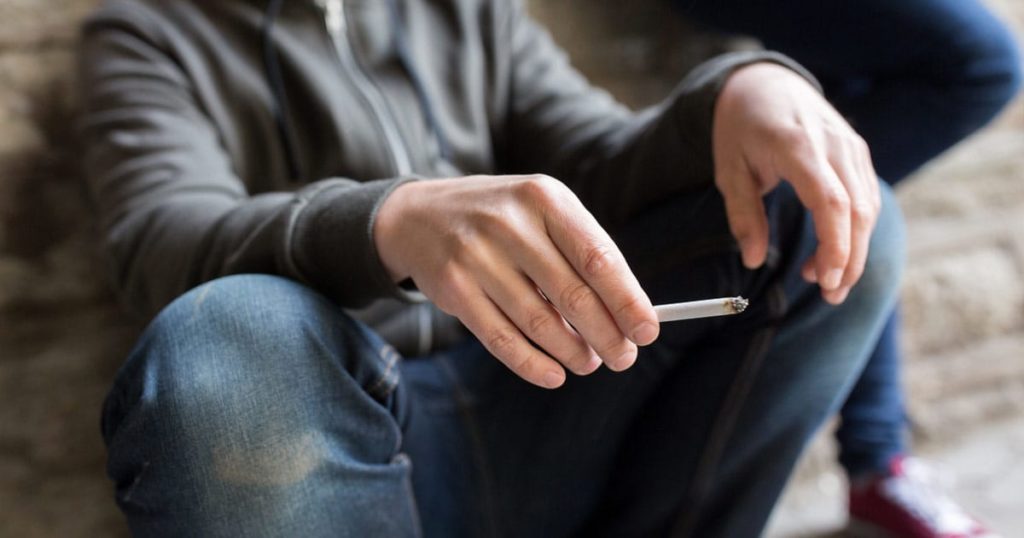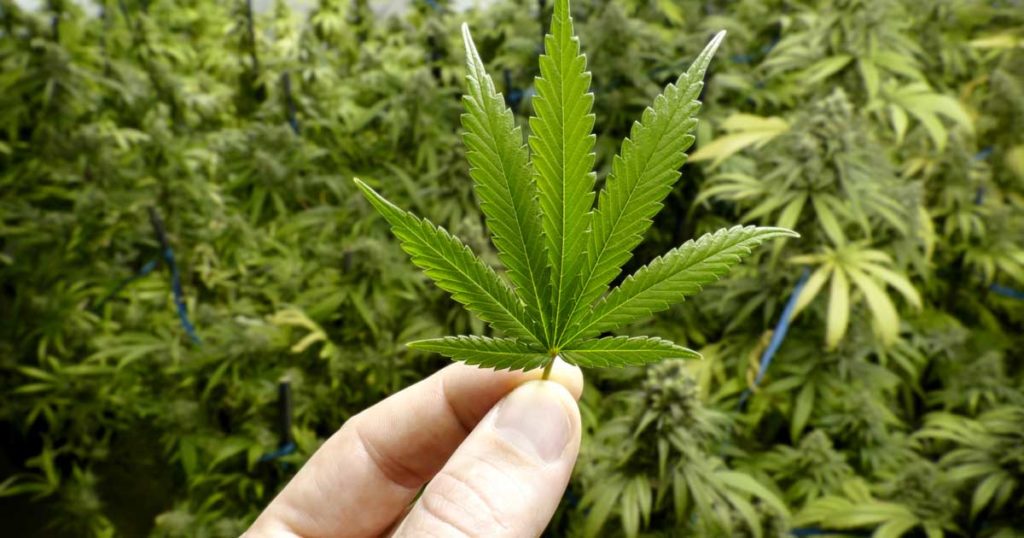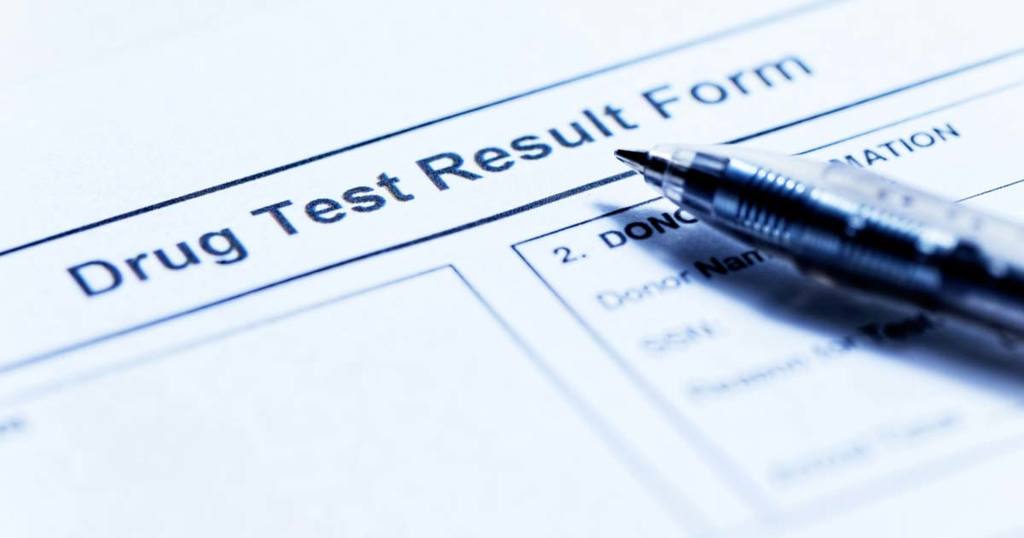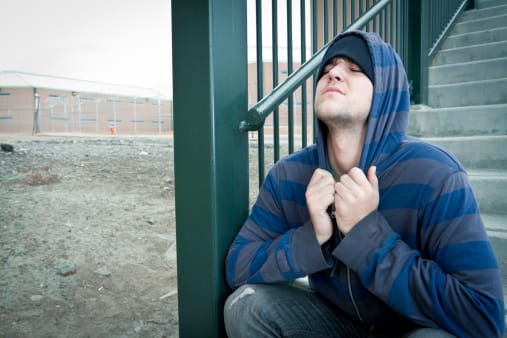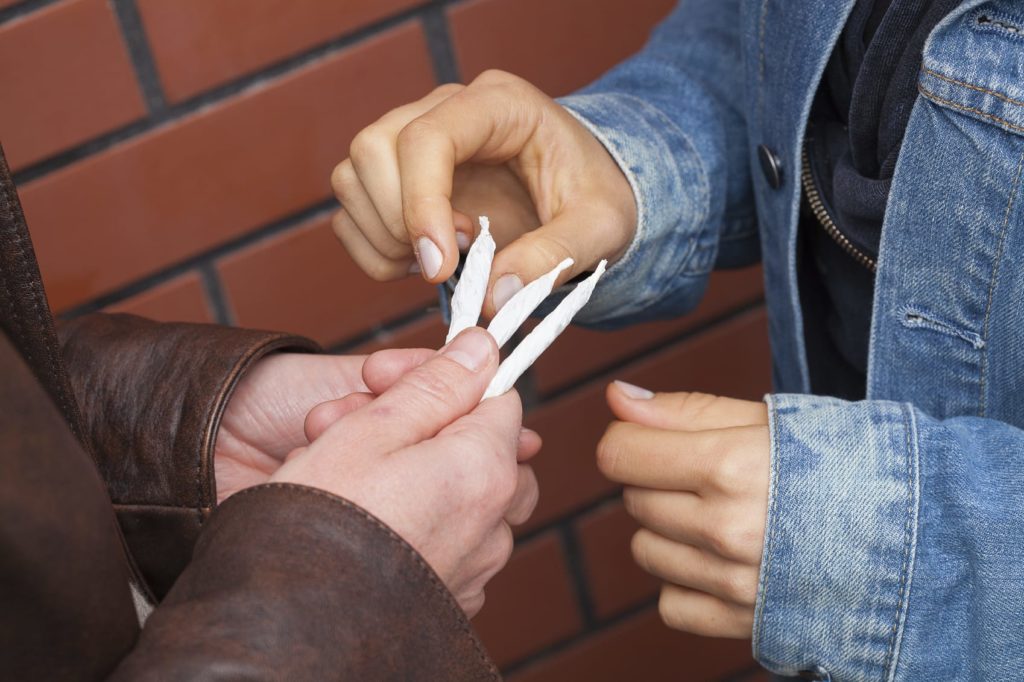As October’s observance of National Bullying Prevention Month continues, we’re reminded of the strong connection between substance abuse in young people and being the victim of a bully. According to the National Center for Education Statistics, nearly 30% of students have reported being bullied at some point. That’s 30% of students who are at an increased risk for not only drug use, but also academic problems, sleep issues, depression and anxiety. And the bullies themselves face elevated risks for academic issues, substance abuse and committing crimes later in life. Awareness of these links helps to reduce the number of youths who are subjected to the taunts, threats, social exclusion and other harms inherent in both bullying and cyberbullying. But now one state has drawn attention to this vicious behavior in an ironic way by using the tax proceeds from the sale of marijuana — a substance that bullies and their victims are more likely than their peers to use — in an effort to prevent the torment. As you might have guessed, that state is Colorado and it is poised to distribute millions of dollars in surplus marijuana tax revenues to fund the Colorado Department of Education’s bullying prevention grants. Fifty schools across the state that register to participate will receive intense training from a prevention coach and, as part of the grant, be required to form a bullying prevention committee consisting of teachers, staff and parents. The announcement of the fund infusion comes not long after Colorado named a cyberbullying law after a young teen, Kiana Arellano, who attempted suicide after being bombarded with vulgar text messages. She is now a paraplegic and unable to speak.
Double Dose of Prevention
Interestingly, the month of October also shines the spotlight on substance abuse with the observance of National Substance Abuse Prevention Month. Bullying and substance abuse in teens have shared risk factors, including a lack of parental support, disinterest in school and being surrounded by drug use, crime and poverty. When it comes to the bullies themselves, it’s hard to know whether the drug use or bullying came first. But we do know that preventing substance abuse is the most cost-effective way of reducing the tremendous toll drugs exact on people of all ages. A recent study that examined bullying and drug use among 74,000 students in Ohio found that 32% of bullies and 17% of their victims were marijuana users, compared to 13% of those not involved in bullying. Similar results were found for alcohol and cigarette use. “Our findings suggest that one deviant behavior may be related to another,” said Kisha Radliff, assistant professor of school psychology at Ohio State University, who led the study. “For example, youth who bully others might be more likely to also try substance use,” Radliff said. “The reverse could also be true in that youth who use substances might be more likely to bully others.” And while it’s more than a little paradoxical that the proceeds from the sale of a drug used by both bullies and their victims are now funding bullying prevention efforts, the additional money in Colorado may help it set the standard for the rest of the nation when it comes to stopping bullying behavior from starting in the first place. “As far as we know, we’re the only state that is providing such significant funds to prevent bullying in schools,” said Dr. Adam Collins, the Colorado Department of Education’s bully prevention and education grant coordinator. “It’s a great opportunity for schools to apply and make sure the social and emotional wellness of their students is taken care of.”
If Someone in Your Family Needs Help
Children who are being bullied may exhibit such warning signs as changes in mood or behavior, unexplained bruises or cuts, continually losing books, electronics or jewelry, academic problems and avoidance of social situations. On the other hand, kids who bully may have extra money or new belongings they can’t account for, get into fights both on and off campus, and find themselves spending a lot of time in the principal’s office. Being the victim of a bully can lead to co-occurring mental health issues when alcohol or other drugs are used in an effort to manage the emotional trauma. But with the help of a trained therapist, an adolescent or young adult can begin to rebuild their self-esteem and learn healthy coping skills for moving forward. They may also benefit from group therapy, in which people who have experienced similar trauma come together to support one another in healing from their abuse. Bullying is a serious issue that can have tragic results. The good news is that therapy can help counteract the effects of bullying. If you suspect that your child is being bullied, share your concerns with a school counselor or psychologist and seek the help of a mental health professional without delay.


